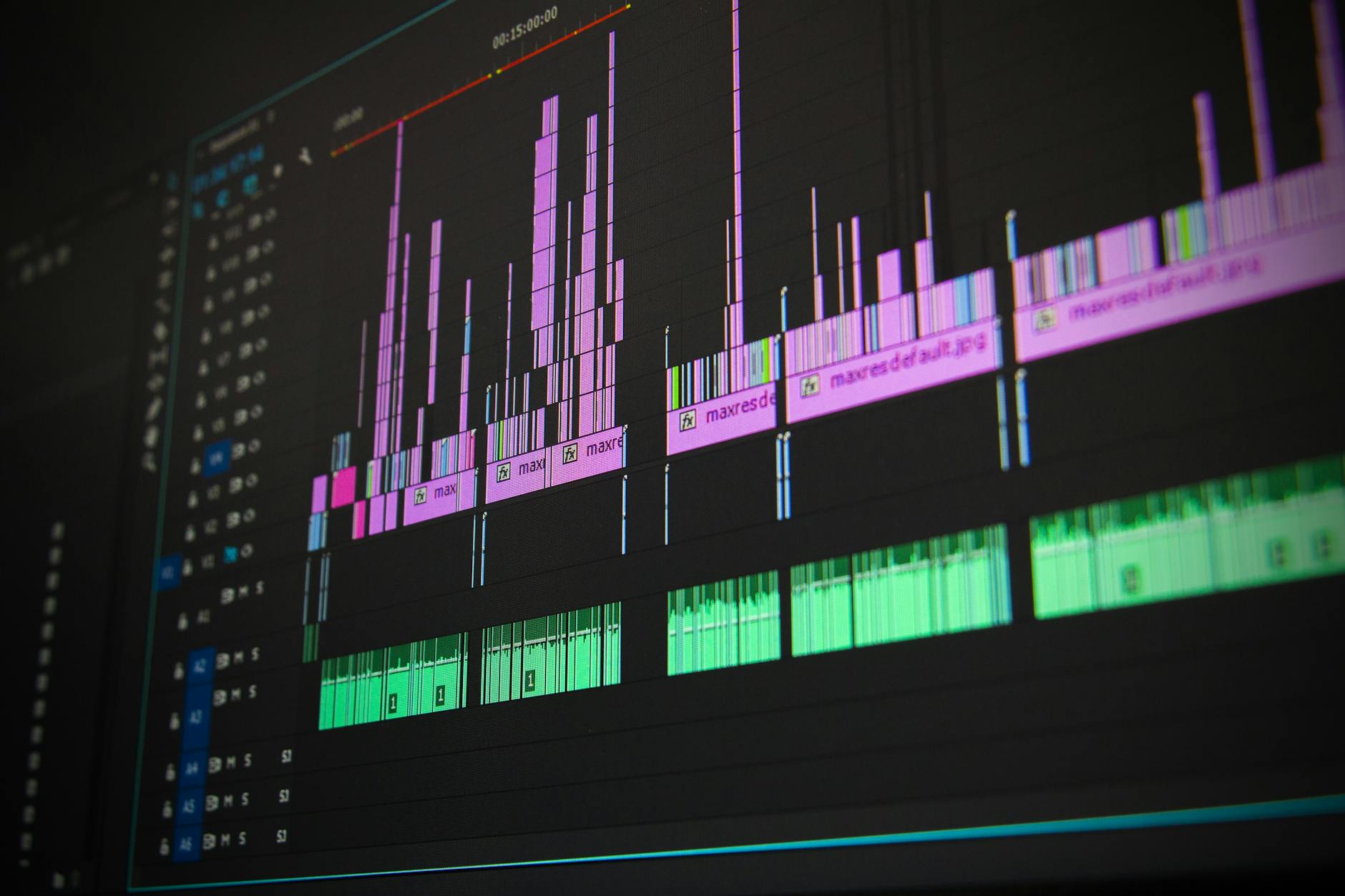Key Takeaways
- Understanding the role of audio transcription in making content more accessible.
- Exploring the benefits of transcribed audio for different audiences.
- Discussing the technological advancements in the transcription landscape.
The Significance of Audio Transcription in Today’s Digital World
The digital revolution has inundated us with a staggering volume of audio content. The spoken word, rich in tone and inflection, carries a wealth of information that must often be made clear in text-based content. As our world grows increasingly connected and fast-paced, the demand for inclusivity in content consumption has climbed. Amidst this backdrop, the audio to text converter emerges as a champion of accessibility—bridging the gap between the auditory and the visual, between the creator and the consumer, and between sound and silence.
The digitization of spoken content through transcription extends its reach beyond its original format. Not only does it cater to those with hearing impairments, but it also serves individuals in various learning environments, noisy or quiet, where audio playback is not feasible. E-learning platforms, webinar hosts, and online course creators particularly benefit from transcription to boost the usability and accessibility of their offerings. Enhancing content accessibility is not merely a courtesy; it’s a necessity in shaping a more inclusive digital landscape.
How Transcription Benefits Various User Groups
Transcription is no less than a lifeline for various user groups. Students entrenched in rigorous academic pursuits can utilize transcribed lectures for annotations and highlights, alleviating the pressure of note-taking. Professionals across industries can distill key points from transcribed meetings, saving valuable time otherwise lost in reviewing recordings. Transcripts also serve the polyglots of the world, who leverage them as a tool for better language acquisition. From accessible court proceedings to subtitled documentaries, the influence of the humble transcript is ubiquitous across domains.
The Technological Evolution Behind Modern Transcription Services
Today’s transcription services owe their impressively high standards to breakthroughs in technology. Gone are the days of arduous manual transcription; modern artificial intelligence systems, equipped with natural language processing, can interpret and transcribe human speech with astounding enthusiasm and precision. Language is far from static; it’s a rich tapestry of accents, idioms, and nuances. Advancements in AI have enabled transcription services to capture these intricacies, sparing the end-user from disjointed or erroneous transcripts. These technological strides have democratized transcription, making it an integral tool across disciplines, from journalism to podcasting.
Audio Transcription and Search Engine Optimization (SEO)
In the realm of digital marketing and content strategy, SEO is king. Audio and video content are increasingly popular but challenge search engines, which primarily index text. Transcription mitigates this challenge by providing a text-based version of the audio content, a veritable treasure trove of keywords and phrases for search engines to latch on to. This boosts a website’s visibility on search engine results pages, potentially driving higher organic traffic and broadening the impact of the content. Increased accessibility proliferates utility and opportunity by empowering a wider array of potential consumers to engage with the content.
Using Audio Transcripts to Improve Learning and Comprehension
The educational impact of audio transcription cannot be understated. In classrooms worldwide, students find that having a written record of lectures and discussions enhances their learning experience. It allows for review and reflection at a personalized pace, catering to those who learn better through reading rather than listening. In professional development sessions or online courses where information retention is critical, transcripts act as an additional touchpoint for knowledge reinforcement. By providing textual backups to auditory information, educators and learners possess a powerful tool for combatting the curve of forgetting and ensuring a complete understanding of the material.
Ensuring Compliance with Accessibility Standards through Transcripts
Our digital content is bound by ethical considerations and, increasingly, by legal ones. The imperative for content to be accessible to all population segments means adhering to stringent standards, such as the Web Content Accessibility Guidelines (WCAG). These standards dictate that audio content must be available in alternative formats such as transcripts or captions. Failure to do so excludes a portion of the audience and can carry legal repercussions. Thus, implementing transcription services is proactive, fostering inclusivity and safeguarding against regulatory non-compliance.
Assessing the Accuracy and Confidentiality of Transcription Services
Accuracy is a standout metric when delving into the world of transcription services. A transcript riddled with mistakes can skew the intended message and frustrate and alienate the intended audience. A high accuracy rate is paramount, particularly in complex fields like medicine or law. Equally important to consider is the confidentiality of the transcription process. Sensitive material requires rigorous security measures to ensure that the data remains private and protected. Evaluating a transcription service’s commitment to accuracy and confidentiality is critical in safeguarding information and preserving the integrity of the transcribed material.
Choosing the Right Transcription Service for Your Needs
Transcription needs are as varied as the content they serve to make accessible. Some may prioritize speed, needing quick turnaround times to keep pace with the fast-moving media landscape. Others hinge on accuracy, where even the slightest transcription error could result in significant misunderstandings or misinterpretations. Certain content creators may seek out cost-effective solutions without a heavy sacrifice on quality. Herein lies the challenge: selecting an audio-to-text converter that best aligns with one’s needs and goals. This decision encompasses not only the functional attributes of the service but also factors like user experience and customer support, rounding out the recipe for a truly effective transcription tool.
Transcription services are more than a mere convenience—they are a progressive step towards more egalitarian access to information. As content creators continue to embrace the manifold advantages of these services, we approach a future where the spoken word finds its counterpart in written form with ease, grace, and ubiquity. In providing a bridge across the auditory and the visual, transcription services play a crucial role in cultivating an informed and inclusive world.

